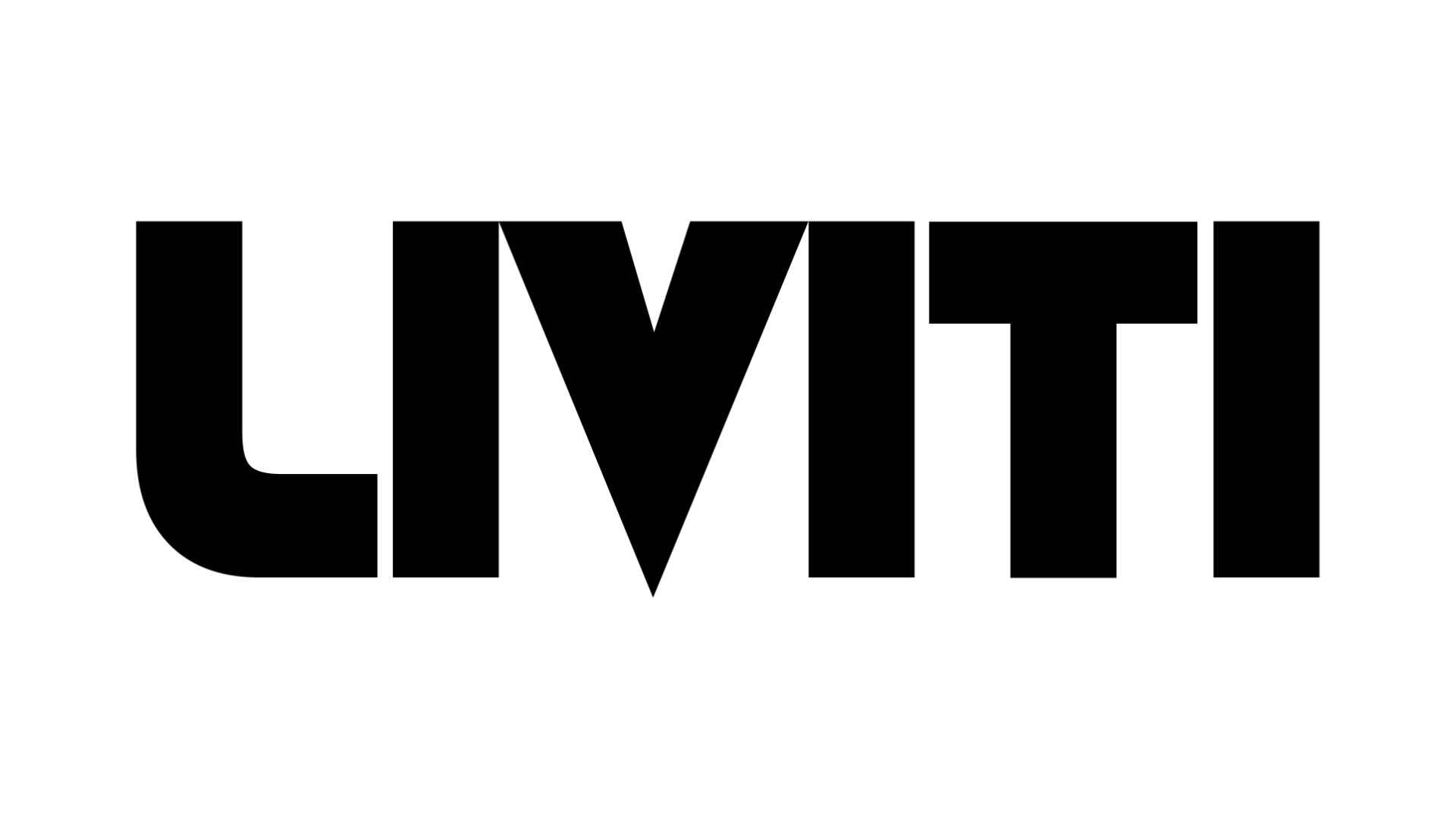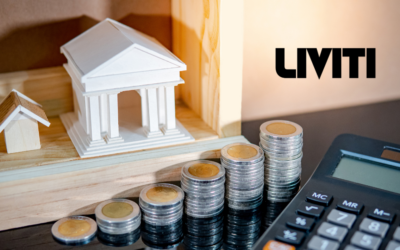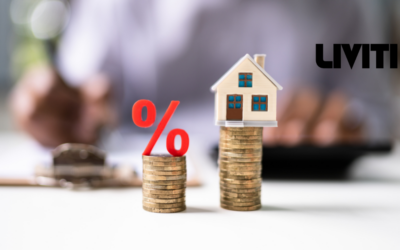As interest rates rise, the landscape of real estate and borrowing capacity undergoes significant shifts, influencing both prospective homeowners and seasoned investors alike.
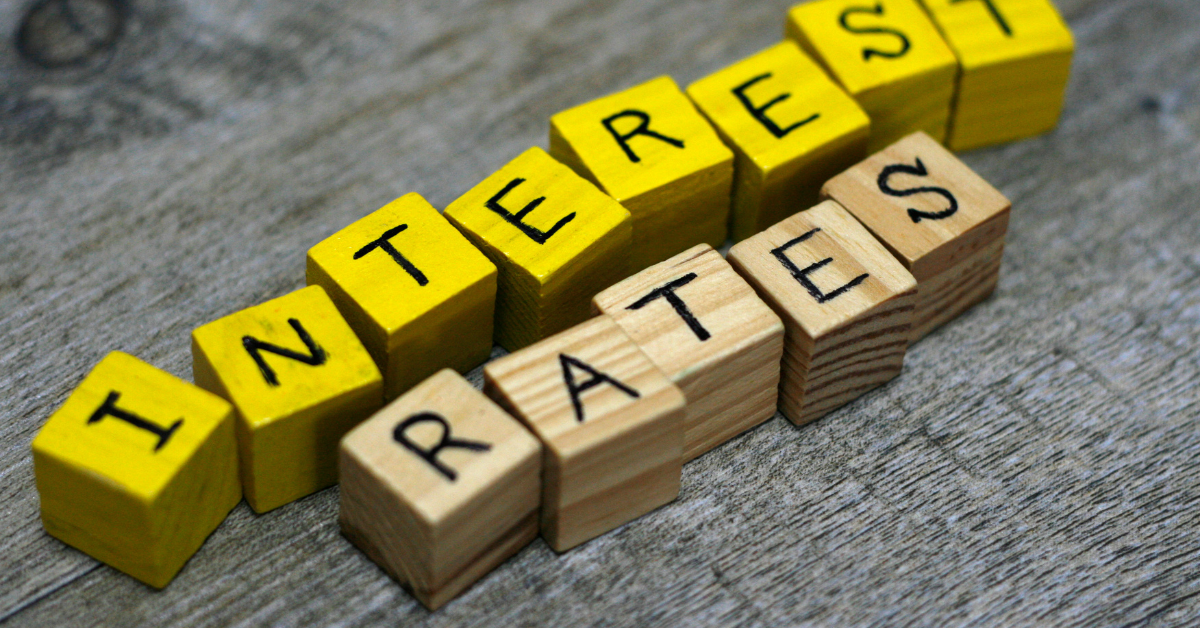
Understanding these dynamics is crucial for anyone navigating today’s property market. By reading this comprehensive guide, you’ll explore how rising interest rates impact borrowing capacity, shape property prices, and affect overall market dynamics.
Through delving into these interconnected factors, we aim to provide clarity on how individuals can strategically position themselves amidst evolving economic conditions to make informed decisions in real estate investments or homeownership.
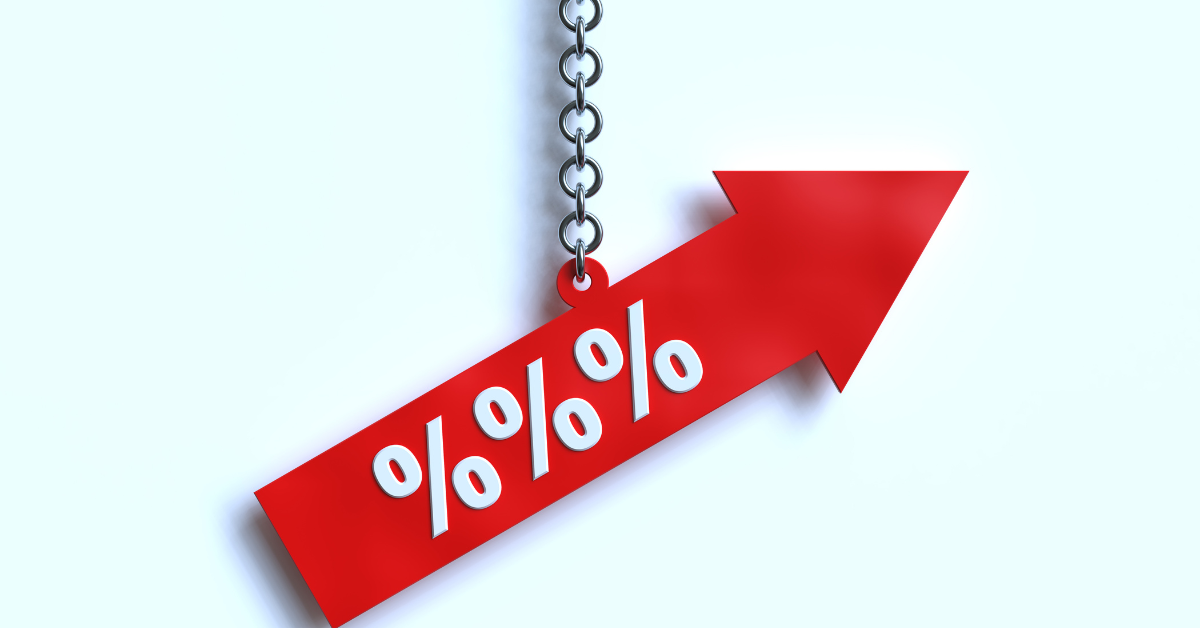
1. Understanding The Impact of Rising Interest Rates
When interest rates increase, borrowing costs rise, making mortgages more expensive for buyers. This, in turn, can reduce the borrowing capacity of potential homeowners, limiting their ability to afford higher-priced properties.
For existing homeowners with variable-rate mortgages, increased interest rates translate directly into higher monthly repayments, potentially affecting their financial stability.
Moreover, rising rates can reduce demand in the housing market, leading to slower price growth or even price declines in some areas.
Overall, understanding how rising interest rates interplay with borrowing capacity and property values is essential for anyone looking to navigate the complexities of today’s real estate market effectively.
2. Effects on Borrowing Capacity and Affordability
The effects of rising interest rates on borrowing capacity and affordability are profound and multifaceted. As interest rates increase, the cost of borrowing rises, directly impacting how much individuals and businesses can afford to borrow.
Higher borrowing costs can lead to reduced affordability for homebuyers as mortgage repayments become more expensive. This can potentially limit the amount of financing available to prospective buyers, affecting their purchasing power and influencing property prices.
Additionally, higher interest rates may deter some borrowers from entering the market altogether or prompt existing borrowers to consider more conservative loan options.
As a result, understanding these dynamics is crucial for navigating the evolving landscape of property affordability amidst changing economic conditions.
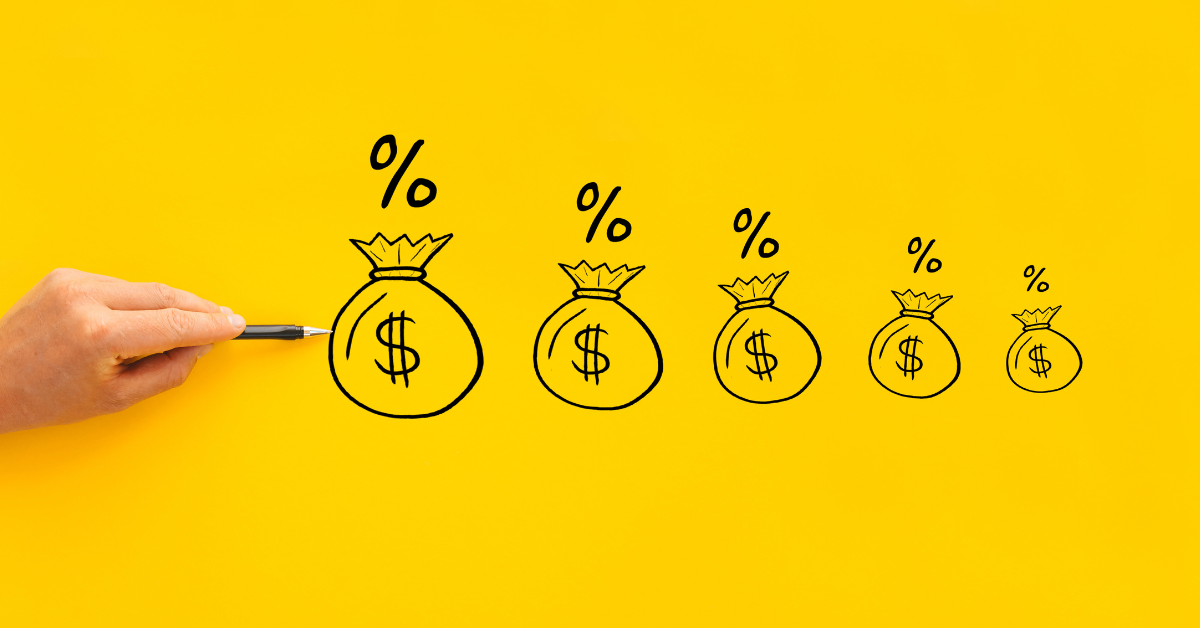
How Do Banks Calculate Borrowing Capacity?
Lenders assess your borrowing capacity using several key factors:
- Income: Your gross income, including salary, bonuses, and other sources of income.
- Expenses: Regular expenses, including living costs, existing debts, and financial commitments.
- Credit Score: A higher credit score typically results in a better borrowing capacity.
- Interest Rates: Current interest rates directly impact the amount you can borrow; higher rates reduce your borrowing capacity.
How to Calculate Your Borrowing Capacity?
To calculate your borrowing capacity, follow these steps:
- Determine Your Income: Add up all sources of income, including salary, bonuses, and rental income.
- List Your Expenses: Include all monthly expenses, such as rent, utilities, groceries, and existing loan repayments.
- Assess Your Credit Score: Obtain your credit report to understand your creditworthiness.
- Use a Borrowing Calculator: Many banks and financial institutions offer online calculators that estimate your borrowing capacity based on the information provided.
Basic Formula
The basic formula for calculating borrowing capacity involves your income, expenses, and debt. Here’s a simplified version:
Borrowing Capacity=Lender’s Interest Rate Net Income−Expenses−Existing Debt Payments.

3. Shifts in Property Price Dynamics
Historically, higher interest rates have often correlated with a cooling effect on property markets, as increased borrowing costs reduce buyer demand and potentially stall price growth. This can lead to a slowdown in property transactions and a shift towards more balanced market conditions.
Sellers may face longer listing times and increased competition, while buyers could find opportunities for negotiation and potentially lower purchase prices.
Moreover, investor sentiment and activity may be tempered as higher financing costs reduce rental yields and mitigate expectations of capital appreciation.
From homeowners and investors to developers and real estate professionals, navigating the implications of rising interest rates on market dynamics and investment strategies is essential.
4. Strategies for Homebuyers and Investors
In light of the shifting landscape influenced by rising interest rates and evolving property dynamics, both homebuyers and investors must adopt strategic approaches to navigate the current market.

For prospective homeowners, it is essential to assess affordability meticulously by factoring in higher mortgage costs and exploring fixed-rate loan options to mitigate future rate increases. Evaluating long-term financial stability and setting realistic budget limits can help in securing a property without overextending financially.
Investors, on the other hand, should focus on diversifying their portfolios and seeking properties with stable rental yields to counteract potential decreases in capital appreciation. Conducting thorough market research and identifying emerging areas with growth potential can offer opportunities even in a cooling market.
Both groups should remain adaptable, leveraging professional advice to align their strategies with the changing economic conditions and maximise their investment outcomes.

5. Economic Forecast and Future Trends
Looking ahead, the economic forecast and future trends present a mixed bag of opportunities and challenges for the real estate market.
As interest rates are expected to fluctuate in response to ongoing inflationary pressures and economic uncertainties, market participants must stay vigilant. The potential for stabilisation or further increases in rates could influence borrowing costs and property demand.
Additionally, demographic shifts and urbanisation trends may continue to drive housing needs in specific areas, creating pockets of growth even amidst broader market slowdowns.
Technological advancements and evolving work patterns, such as remote work, are likely to shape future housing preferences and demand dynamics.
Keeping an eye on these trends, alongside macroeconomic indicators and policy changes, will be valuable for making informed decisions in the property market and positioning effectively for long-term success.

6. Practical Advice and Tools
REA Group Senior Economist Eleanor Creagh claims the risk of an interest rate rise before the end of 2024 has “increased”, and that housing affordability has deteriorated to the lowest level in three decades.
This is all accustomed to not meeting sufficient supply of housing therefore not meeting home buying demand, ultimately fuelling home price growth.
In this context, it is crucial for both homebuyers and investors to stay adaptable and informed. Financial planning and budgeting are the building blocks of property market success, regardless of interest rate fluctuations, and a well-structured financial strategy can help navigate these recent uncertainties effectively
7. Conclusion
In conclusion, navigating the current real estate landscape requires a nuanced understanding of how rising interest rates, borrowing capacity, and market dynamics interplay.
As borrowing costs increase and affordability challenges emerge, both homebuyers and investors must adapt their strategies to mitigate risks and seize opportunities.
By staying informed about economic forecasts and future trends, such as shifting demographics and technological advancements, stakeholders can better position themselves for success.
Ultimately, a proactive and informed approach will be key to making sound decisions and achieving long-term goals in a continuously evolving market.
If you are seeking more information, do not hesitate to contact our team of industry experts at Liviti. We are more than happy to provide you with the appropriate knowledge and advice to ensure you feel confident and secure navigating the market.
Read More: Impact of Interest Rates on Investment Property
8. Frequently Asked Questions (FAQ)
Q: How do rising interest rates affect my ability to buy a home?
A: Rising interest rates increase the cost of borrowing, which can reduce your borrowing capacity and make mortgages more expensive. This could limit the amount you can borrow and affect the types of properties you can afford.
Q: What strategies can homebuyers use to manage higher mortgage costs?
A: Homebuyers can consider locking in fixed interest rates, budgeting carefully, exploring first-time buyer programs, or looking at properties within their revised budget to manage higher mortgage costs.
Q: How can investors adapt their strategies in a market with rising interest rates?
A: Investors might focus on properties with stable rental yields, diversify their portfolios, and research emerging markets with growth potential to adapt to changing economic conditions.
Q: What impact do rising interest rates have on existing homeowners with variable-rate mortgages?
A: Existing homeowners with variable-rate mortgages will see higher monthly repayments as interest rates rise, which could affect their financial stability and overall budgeting.
Q: Are there specific areas or property types that are more resilient to market fluctuations?
A: Properties in high-demand areas or those with unique characteristics (e.g., proximity to amenities, strong rental markets) may be more resilient. Researching local market conditions and trends can help identify such opportunities.
